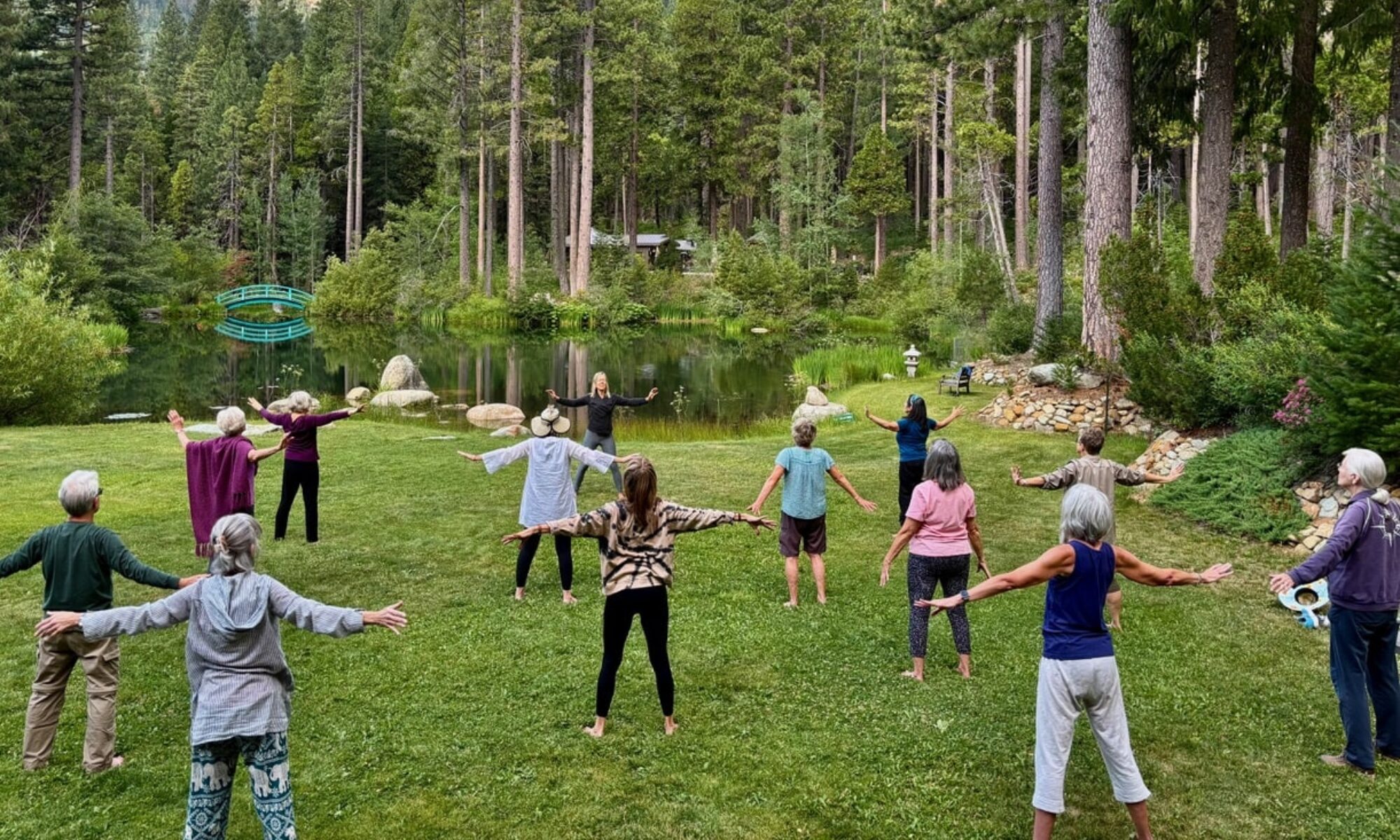How do I entice you into a workshop that reintroduces you to your inner core? How do I express the importance, the deep meditation and awakening that can occur and will help keep you safe, balanced and moving with ease across our small, beautiful planet?
We are continually learning more about how the body moves, stabilizes, rests, activates, faces challenges, relaxes, sends messages through pain, handles injury, bounces back, heals, strengthens, speaks, dances, cartwheels, hikes up mountains, skis down snow-covered slopes~ to swim and snorkel in the ocean. How this body laughs, breathes, lives fully.
More awakening can happen each day inside this beautiful inner landscape and the inner core is the molten center that holds it all together.
In yoga the core of the body has been addressed through the bandhas, the breath, balancing energy. In Pilates we learn to lengthen the sleeve of muscles around the spine and articulate each bead in the necklace, feel a square of strength, move from the powerhouse. In Qigong we learn the importance of breath, flow, space, stillness. The lower dantian draws our awareness into the red field of vibration. From this battery our energy pulses outward again. In all practices, we learn better how to listen inward to messages from our body. We learn to feel the center, centered, grounded, rooted. We too grow upward from our roots like the daffodils and tulips. We recognize energy radiates outward from our core like our own pulsing sun.
Many of my longtime students continue to revel as they meet new muscles, new communities of tissue inside themselves.
“I finally feel that inner hug you have been talking about.”
“I didn’t know I had a back!”
“I have been doing this practice for years and have never felt the banks of my river before.”
“I didn’t know the muscles of the neck mattered, now I feel them and how they lengthen my spine.”
The inner core muscles are meant to activate support before the outer core muscles move you through space– lifting, twisting, pressing, pushing. These muscles have the important job of stabilizing you for everyday movement. But what happens if some of them don’t turn on? What happens if postural imbalances tighten or over-activate one side or one muscle group and others turn off? How do we bring balance back and awaken the full circumference, the whole family of the inner core? Let’s address these questions in this week’s workshop.
You are invited to the family reunion.
We will meet the transverse abdominis, the pelvic floor, the diaphragm, the front neck flexors, the multifidi. We will say hello to them, feel for them, see them. We will learn breathing and movement exercises to help activate this family of muscles. And then we will move, tuning in to see if we can feel them turn on. We will learn to be more subtle- so we don’t over-ride the inner core with the rectus abdominis, the obliques, the psoas, the erector spinae. We will feel for, and get to know, these muscles too, their roles in the family.
Yes, we will breathe three-dimensionally and breathe out through the straw… and in this workshop we will take some time with these practices so we can really test if we are changing the shape of our spines when we activate the core this way. We will work to activate the inner core and keep the outer core from over-riding the stabilizers. This takes deep concentration– and with practice can help us to protect the spine as we move, lift, twist– enjoy our active bodies.
What we do consciously becomes unconscious.
Recognizing these muscles, feeling into the myofascial web, is empowering. We learn more about this amazing logic puzzle of our own bodies. And like Archibald Lampan found the grief and joy in the Voices of Earth, we can feel into the mysteries in the many voices inside our own bodies– and follow the paths of previous explorers into the stability created by the yoga bandhas, the power generated in the Pilates powerhouse, the grounded and spacious flow of Qigong rooted in a centered lower dantian.
Stability helps us to create balance, harmony. Balance and harmony help us to create ease of movement, flow, grace. Ease of movement helps us to experience joy. I believe you can simultaneously feel the rooted cedar and the red tailed hawk gliding on air waves. You can be both mountain and sky. You can be the river water and the bedrock.
A strong balanced core makes stable strength and fluid grace possible.
I know it is hard to leave this beautiful weather for an indoor Zoom workshop on a spring afternoon. If you cannot join us, feel free to purchase the video of the workshop so you have the visuals, the explanations and the exercises to practice on a rainy day. This work will help you to support a healthy spine, hips, shoulders and will contribute to balance and ease.
Hope you can join me this Wednesday, March 20th 3-4PM PST

